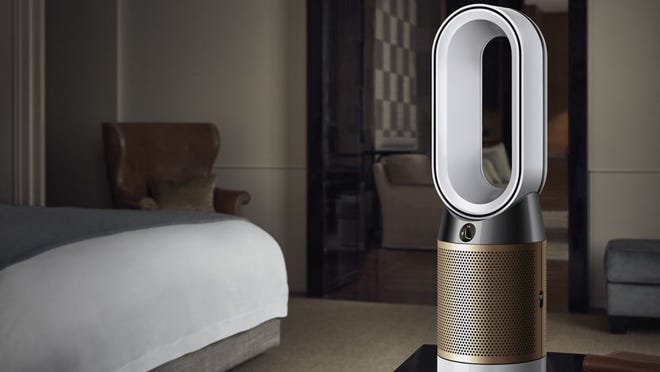
Smart Air
Share
Air purifiers work by drawing in polluted air and running it through a filter or series of filters that remove the contaminants from the air. The purified air is then released back into the room, creating a cleaner and healthier environment.
There are many different types of air purifiers on the market, each designed to remove specific types of pollutants. Some air purifiers are designed to remove particulate matter, such as dust, pollen, and pet dander. Others are designed to remove volatile organic compounds (VOCs), which are gases emitted by products like cleaning supplies, paint, and adhesives. And still others are designed to remove ozone, a gas that can be harmful at high levels.
No matter what type of pollutants you’re looking to remove from your indoor air, there’s an air purifier out there that can help. But it’s important to keep in mind that no air purifier is 100% effective at removing all pollutants from the air. That’s why it’s important to take other steps to improve your indoor air quality as well, such as ventilating your home and using natural cleaners and building materials.
Efficiency of Air Purifiers at Removing Air Pollutants
Air purifiers are designed to remove pollutants from the air in your home. But how effective are they at doing this?
There are many different types of air purifiers on the market, and each one is designed to remove specific pollutants. Some common pollutants that air purifiers can remove include:
• Dust
• Pet dander
• Pollen
• Smoke
• Mold spores
• VOCs (volatile organic compounds)
Air purifiers work by drawing in polluted air and then passing it through a filter or series of filters. The type of filter(s) used will depend on the specific pollutant(s) that the purifier is designed to remove. For example, HEPA (high-efficiency particulate air) filters are very effective at capturing small particles like dust and pollen, while activated carbon filters can effectively remove VOCs and smoke particles.
The effectiveness of an air purifier also depends on the size of the unit and the amount of airflow it can provide. A smaller unit with a lower airflow may not be able to effectively cleanse a large room, while a larger unit with a higher airflow will be better able to do so. It’s important to choose an air purifier that’s sized appropriately for the space you want to use it in.
Finally, keep in mind that no air purifier is 100% effective at removing all pollutants from the air. But using an air purifier can help reduce the levels of harmful pollutants in your home and create a healthier indoor environment for you and your family.
Enhancing indoor air quality doesn’t have to be complicated. By taking some simple steps and investing in an air purifier, you can significantly improve the air quality in your home and create a healthier environment for your family.
What Are the Benefits of Using an Air Purifier?
There are many benefits to using an air purifier in your home, including:
Reduced levels of harmful pollutants in the indoor environment
Improved respiratory health for people with allergies or asthma
Reduced risk of contracting respiratory illnesses
Fewer sick days for employees in office settings
Improved concentration and productivity in office settings

How Do I Choose an Air Purifier?
With so many different types of air purifiers on the market, it can be difficult to know which one is right for you. Here are some things to keep in mind when shopping for an air purifier:
